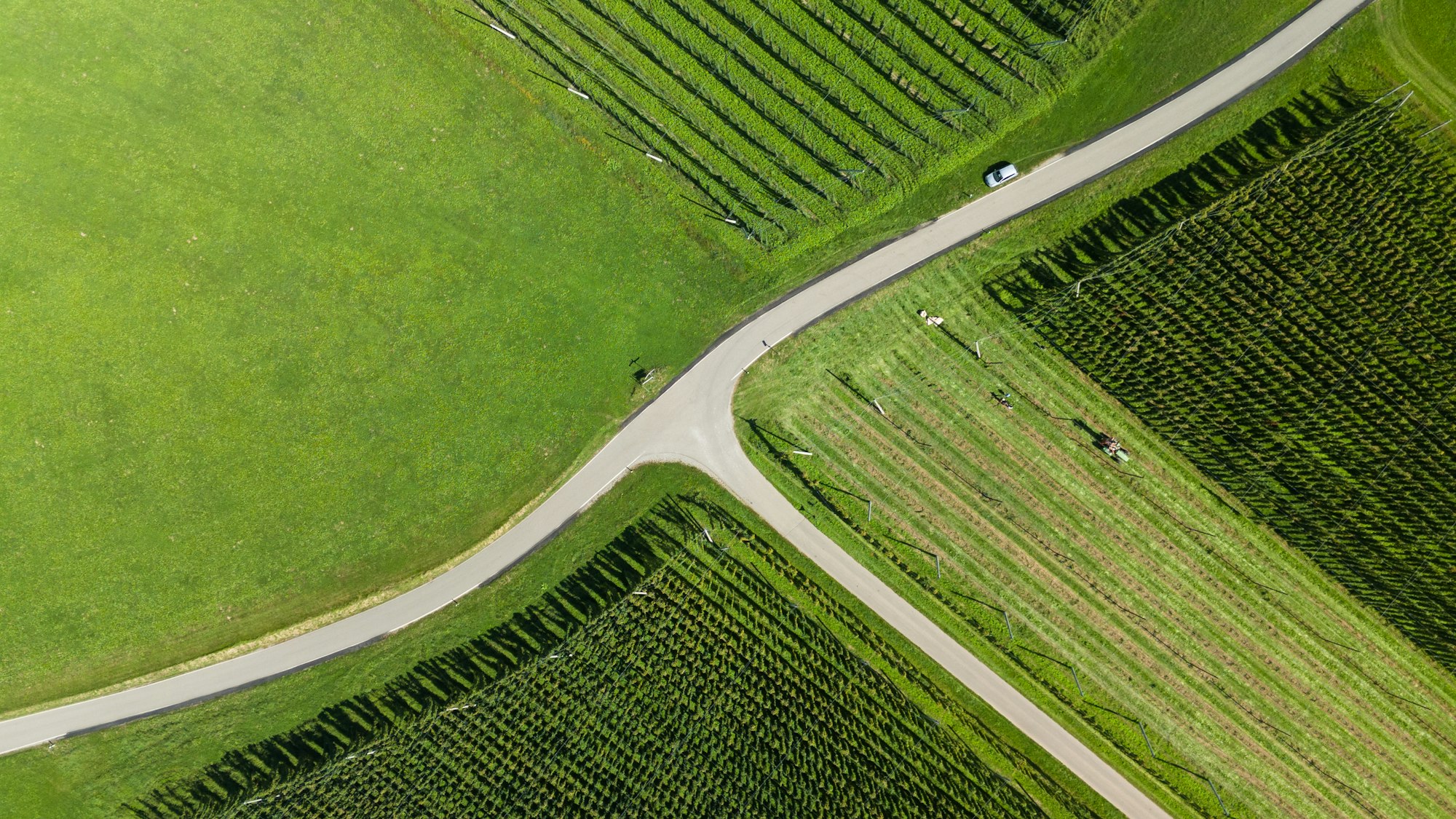In the rapidly evolving world of technology, drones have emerged as powerful tools for various industries. One sector that has seen significant growth is drone photography. With the ability to capture stunning aerial shots and commercial footage, drone operators are in high demand. If you are considering venturing into this business, it is crucial to understand the legal and operational requirements in the UK. This article will outline the specific steps needed to establish a successful drone photography business.
Understanding the Regulatory Framework
Before you take to the skies with your drone, it is essential to understand the Civil Aviation Authority (CAA) regulations governing drone operations in the UK. The CAA is responsible for ensuring that flying drones safely and legally is a priority.
Topic to read : How to form a UK-based drone delivery service and comply with aviation safety regulations?
The Open and Specific Categories
Drones in the UK are classified into two primary categories: the Open Category and the Specific Category. The Open Category is for lower-risk drone operations and does not require prior CAA authorization, provided that you adhere to certain rules. These include flying within the line of sight, not exceeding 120 meters in altitude, and avoiding restricted areas.
The Specific Category is for higher-risk operations that require a more detailed risk assessment and a flight authorization from the CAA. If your commercial drone photography activities fall under this category, you’ll need to submit an operational plan detailing how you will mitigate potential risks.
In parallel : What are the detailed steps to start a UK-based agricultural technology (AgTech) company?
Obtaining the Necessary Permissions
To legally operate a commercial drone in the UK, you must obtain an Operational Authorization from the CAA. This involves submitting an application along with a comprehensive business plan that outlines your intended operations, safety measures, and risk assessments. Furthermore, you must demonstrate that you have the requisite skills, which brings us to the next step.
Acquiring Proper Training and Certification
No matter how sophisticated your drone model is, your success as a drone operator hinges on your ability to control it effectively and safely. This requires undergoing drone training and obtaining the necessary certifications.
Enrolling in a Drone Training Course
Enrolling in a certified drone training course is essential. These courses provide in-depth knowledge of drone laws, safety protocols, and aerial photography techniques. The training will also cover practical flying skills, ensuring that you can confidently fly drones in various conditions.
Becoming a Qualified Remote Pilot
After completing your training, you will need to become a qualified remote pilot. This involves passing both theoretical and practical exams. The theoretical exam tests your knowledge of drone regulations, airspace classifications, and emergency procedures. The practical test assesses your ability to handle the aircraft and perform specific maneuvers.
Upon successful completion of these exams, you will receive a Remote Pilot Certificate. This certification is crucial for obtaining your CAA Operational Authorization and demonstrates your competence as a drone operator.
Building a Solid Business Plan
Like any business, your drone photography service requires a well-thought-out business plan. This plan will serve as a roadmap for your operations and help you stay focused on your goals.
Identifying Your Target Market
Understanding your target market is crucial for success. Are you aiming to provide aerial photography services for real estate agents, event planners, or construction companies? Identifying your niche will help you tailor your services and marketing efforts accordingly.
Investing in Quality Equipment
The quality of your drone photography will depend largely on the equipment you use. Investing in high-quality drones from reputable manufacturers like DJI will ensure that you capture stunning images and videos. Additionally, you will need accessories such as extra batteries, propellers, and high-capacity memory cards.
Planning Your Operations
Efficient operations are key to running a successful drone business. This includes planning your flight routes, obtaining the necessary permissions for specific flight areas, and ensuring that your equipment is well-maintained. Having a structured plan will help you manage your drone operations smoothly.
Marketing Your Drone Photography Service
With the regulatory and operational aspects covered, the next step is to market your drone photography business effectively. This will involve creating a strong online presence and reaching out to potential clients.
Building a Professional Website
A professional website is essential for showcasing your portfolio and attracting clients. Your website should feature high-quality images and videos that demonstrate your drone photography skills. It should also include detailed information about your services, pricing, and contact information.
Leveraging Social Media
Social media platforms are powerful tools for marketing your drone business. Sharing your work on platforms like Instagram, Facebook, and LinkedIn can help you reach a wider audience. Engaging with your followers and participating in relevant groups can also enhance your visibility.
Networking and Partnerships
Building a network of contacts in the drone and photography industries can open up new opportunities for your business. Attending industry events, joining professional associations, and collaborating with other drone operators can help you establish valuable connections.
Ensuring Compliance with Drone Laws
Compliance with drone laws is critical to avoid legal issues and ensure the safety of your operations. Staying informed about the latest regulations and adhering to best practices is essential.
Keeping Up with CAA Regulations
The CAA regularly updates its regulations to keep pace with technological advancements and ensure safety. As a drone operator, it is your responsibility to stay informed about these changes and adjust your operations accordingly.
Conducting Regular Safety Checks
Regular safety checks are vital for maintaining the performance and reliability of your drone. This includes inspecting the aircraft for any signs of wear and tear, ensuring that the batteries are in good condition, and updating the firmware to the latest version.
Maintaining Accurate Records
Keeping accurate records of your drone operations is important for both legal and business reasons. This includes logging your flight hours, recording any incidents or maintenance activities, and keeping track of your training and certification status.
Setting up a UK-based drone photography service involves a series of specific steps, each crucial for ensuring the success and legality of your business. Understanding the regulatory framework, obtaining the necessary training and certifications, building a solid business plan, and effectively marketing your services are all essential components. By following these steps and maintaining a commitment to safety and compliance, you can establish a thriving drone photography business that captures stunning aerial imagery and meets the needs of your clients.
Embarking on this journey requires dedication, but with the right knowledge and preparation, you will be well on your way to becoming a successful drone operator. So, take the leap, invest in your drone, hone your photography skills, and get ready to soar in the world of aerial photography.






